sad looking azaleas
dana_pa
17 years ago
Related Stories
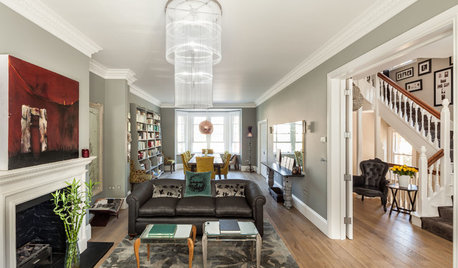
ECLECTIC HOMESHouzz Tour: A New Look for Former Student Digs
An ill-treated Victorian in England becomes a more open, extended and aesthetically appealing family home
Full Story
DECORATING GUIDESMood Makers: Luxurious Looks on a Budget
Want a high-end look in your home but feeling choked by your budget? Try these pro decorator tips to give your rooms a luxe look for less
Full Story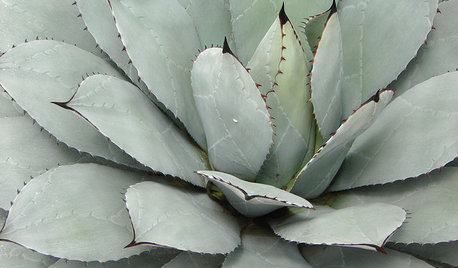
FOLIAGEGet a Cool Garden Look With Gray and Blue Plants
Looking for plants that calm with color in the heat of summer? Look no further than these 14 soothing beauties
Full Story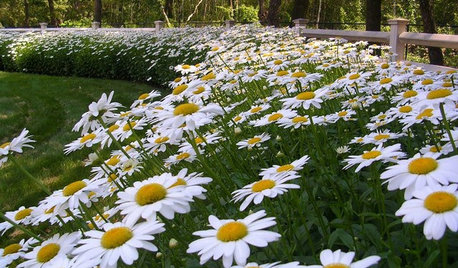
GARDENING GUIDESMix or Mass Daisies for Two Great Garden Looks
The classic daisy looks equally beautiful massed in borders or mixed throughout a naturalistic planting. Which look suits your style?
Full Story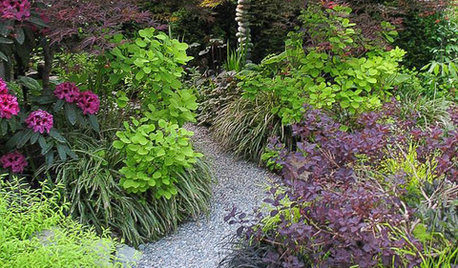
LANDSCAPE DESIGN5 Garden Path Looks for an Enchanting Journey
Take your pathway from predictable to exceptional, for a truly moving garden experience
Full Story
KITCHEN DESIGNKitchen of the Week: Modern Art Inspires a Color-Blocked Look
In a midcentury beach house on Martha’s Vineyard, a redesigned kitchen embraces the look of Mondrian
Full Story
DECORATING GUIDESRevive Your Room’s Look in Just 5 Steps
Not in total-makeover mode? Give your space polish and a pulled-together look with this easily doable plan
Full Story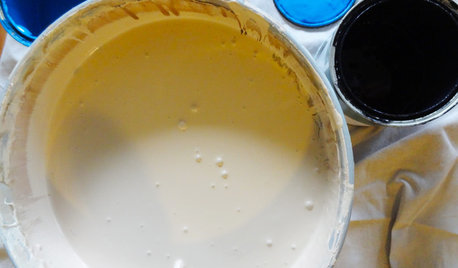
DIY PROJECTSTint Your Own Paint for New-Looking Walls
Dabbling in mixology means you can use up leftover paint and give your walls a custom look in one fell swoop
Full Story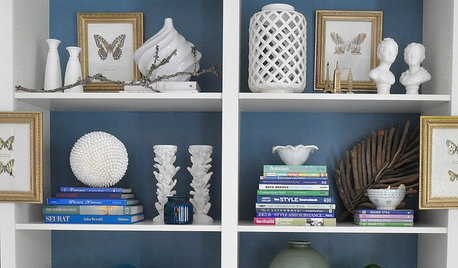
MOST POPULARBudget Decorator: Shop Your Home for a New Look
Redecorate without spending a cent by casting a creative eye on the showroom called home
Full Story
DECORATING GUIDESHot Looks From the Spring 2013 High Point Market
Get an eyeful of some of the colors, textures, materials and more taking a big stand at North Carolina's huge furnishings trade show
Full Story





luis_pr
rhodyman
Related Professionals
Allen Landscape Architects & Landscape Designers · Ferndale Landscape Architects & Landscape Designers · Hyattsville Landscape Architects & Landscape Designers · Ilchester Landscape Architects & Landscape Designers · Andover Landscape Contractors · Arden-Arcade Landscape Contractors · Costa Mesa Landscape Contractors · Fridley Landscape Contractors · Gallatin Landscape Contractors · Indianapolis Landscape Contractors · Rancho Santa Margarita Landscape Contractors · Snoqualmie Landscape Contractors · The Woodlands Landscape Contractors · Wayland Landscape Contractors · Tyngsboro Landscape Contractorsdana_paOriginal Author
luis_pr
rhodyman
dana_paOriginal Author
samrn
rhodyman
aka_peggy
rhodyman
aka_peggy